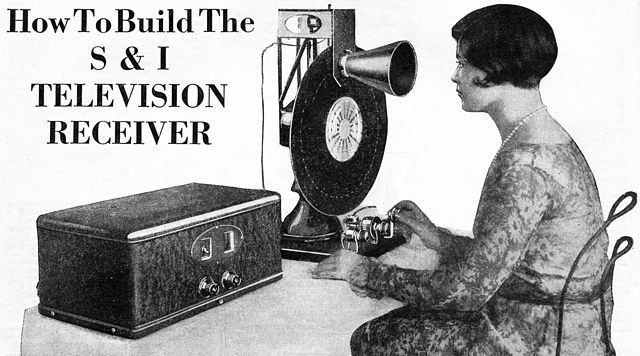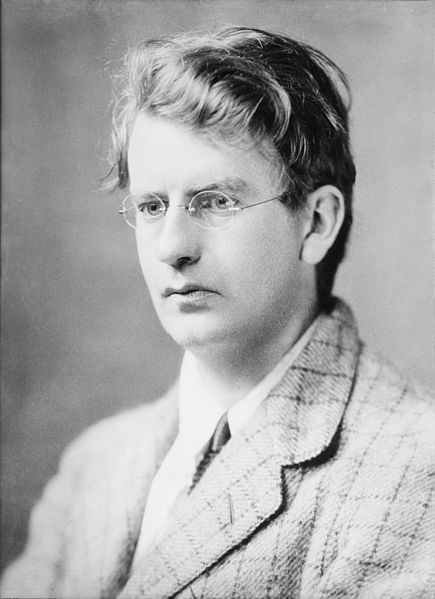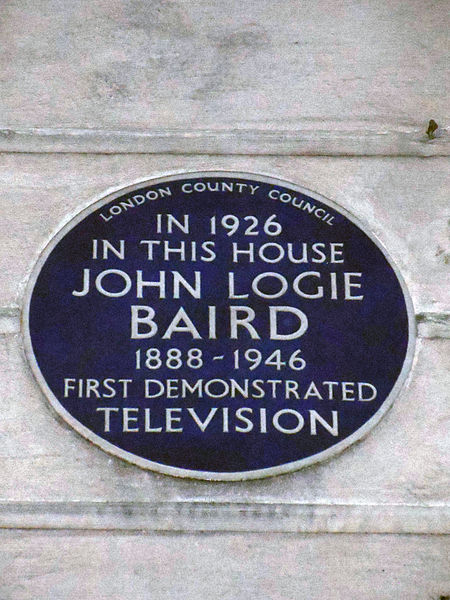John Logie Baird was a Scottish inventor, electrical engineer, and innovator who demonstrated the world's first live working television system on 26 January 1926. He went on to invent the first publicly demonstrated colour television system and the first viable purely electronic colour television picture tube.
Baird in 1917
John Logie Baird with his television apparatus, circa 1925
The first known photograph of a moving image produced by Baird's "televisor", as reported in The Times, 28 January 1926 (The subject is Baird's business partner Oliver Hutchinson.)
Blue plaque marking Baird's first demonstration of television at 22 Frith Street, Westminster, W1, London
Mechanical television or mechanical scan television is an obsolete television system that relies on a mechanical scanning device, such as a rotating disk with holes in it or a rotating mirror drum, to scan the scene and generate the video signal, and a similar mechanical device at the receiver to display the picture. This contrasts with vacuum tube electronic television technology, using electron beam scanning methods, for example in cathode-ray tube (CRT) televisions. Subsequently, modern solid-state liquid-crystal displays (LCD) and LED displays are now used to create and display television pictures.

Watching a homemade mechanical-scan television receiver in 1928. The "televisor" (right) which produces the picture uses a spinning metal disk with a series of holes in it, called a Nipkow disk, in front of a neon lamp. Each hole in the disk passing in front of the lamp produces a scan line which makes up the image. The video signal from the television receiver unit (left) is applied to the neon lamp, causing its brightness to vary with the brightness of the image at each point. This system produced a dim orange image 1.5 inches (3.8 cm) square, with 48 scan lines, at a frame rate of 7.5 frames per second.
Ernst Ruhmer demonstrating his experimental television system, which was capable of transmitting 5×5 pixel images of simple shapes over telephone lines, using a 25-element selenium cell receiver (1909)
Baird and his television receiver
Jenkins Television Co. rotating disk television camera, 1931








